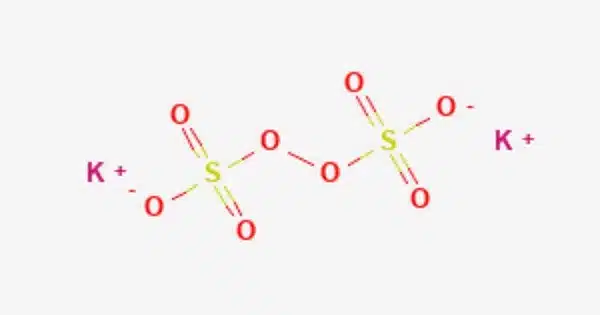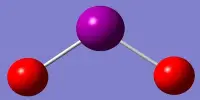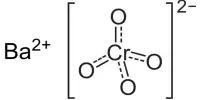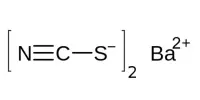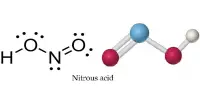Potassium pentasulfide is an inorganic compound with the formula K2S5. It is a red-orange solid that dissolves in water. The salt decomposes rapidly in the air. It is one of several polysulfide salts with the general formula M2Sn, where M = Li, Na, K, and n = 2, 3, 4, 5, 6. The polysulfide salts of potassium and sodium are similar.
Potassium pentasulfide is a yellowish powder or solid. The exact color may vary depending on impurities. The compound is often encountered as a yellowish to orange solid. It is used in various chemical applications, including the synthesis of other sulfur-containing compounds. Potassium pentasulfide can be prepared by reacting potassium sulfide (K2S) with elemental sulfur (S).
Preparation and reactions
The salt is prepared by the addition of elemental sulfur to potassium sulfide. An idealized equation is shown for potassium hydrosulfide:
4 KSH + S8 → 2 K2S5 + 2 H2S
The structure consists of zigzag chains of S2−5 paired with K+ ions. Potassium pentasulfide is soluble in water, and its solutions are basic due to the hydrolysis of the sulfide ions. Like other sulfide compounds, it has a characteristic odor. It is important to handle this compound with care as it can be irritating to the eyes and skin.
Properties
- Chemical formula: K2S5
- Molar mass: 238.50 g·mol−1
- Appearance: red-orange prisms
- Crystal structure: orthorhombic
- Odor: It has a characteristic odor, often described as rotten eggs due to the presence of sulfur.
- Solubility: It is soluble in water, and its solubility increases with temperature. The solution formed is alkaline.
Occurrence
Various polysulfides K2S2 – K2S6 are components of the liver of sulfur. Polysulfides, like sulfides, can induce stress corrosion cracking in carbon steel and stainless steel.
Application
Potassium pentasulfide has applications in the synthesis of certain organic compounds and in laboratory settings for the generation of hydrogen sulfide gas.
